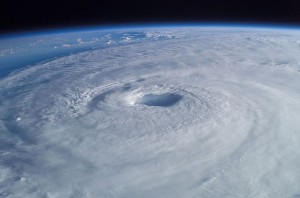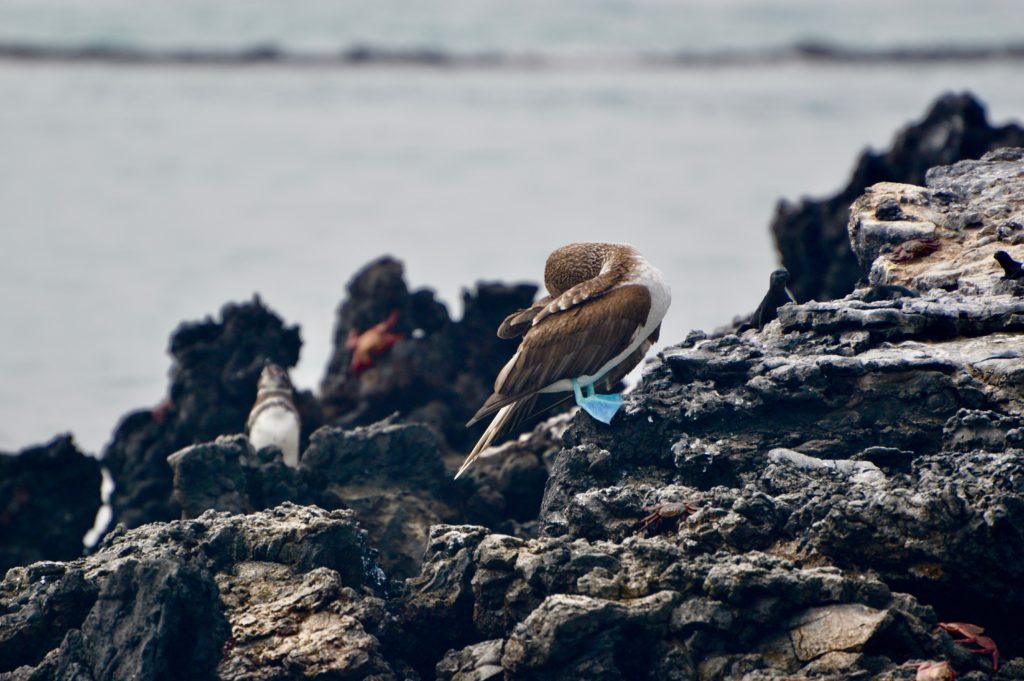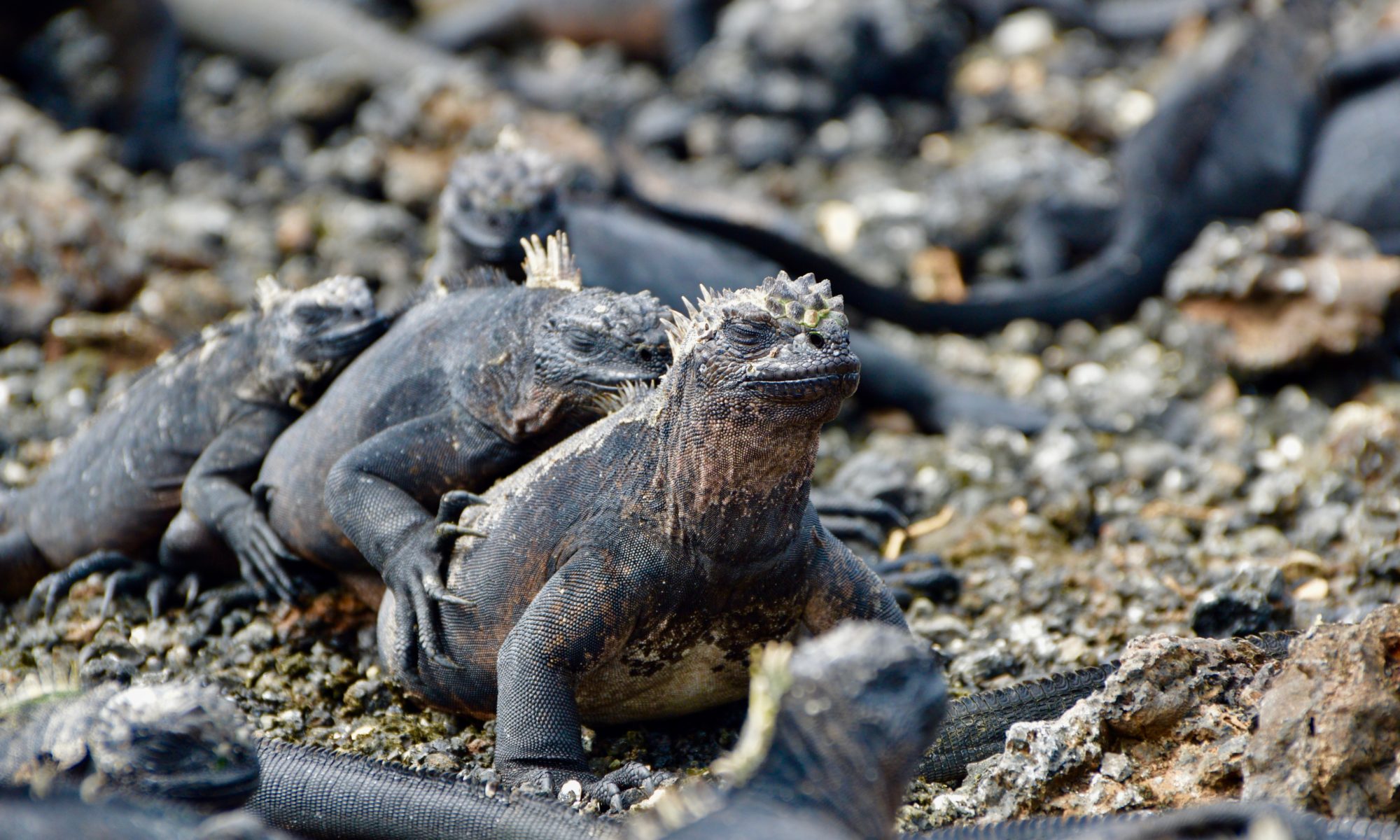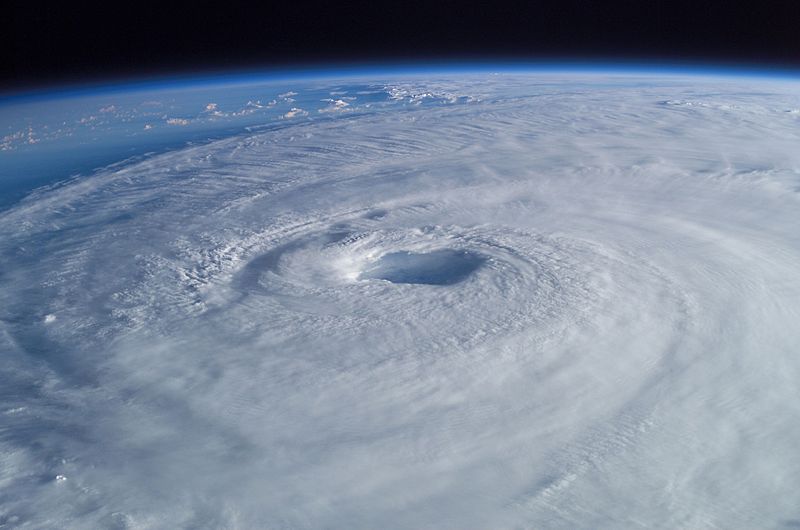
On the 15th and 16th April we had one of my favourite events at Trinity College Dublin: the annual School of Natural Sciences Postgraduate Symposium. Over the course of two days many of our PhD students presented their work to the School. We also had two amazing plenary talks from Dr Nick Isaac (CEH) and Professor Jennifer McElwain (UCD). For those of you who are interested in exactly what we work on here at EcoEvo@TCD, here are the abstracts from the PhD student presentations. Check out the TCD website for more details!
Paul Egan: A growing problem − invasive species distribution modelling of Rhododendron ponticum and the implications for conservation.
The invasive alien Rhododendron ponticum is a widely naturalised and problematic weed throughout Ireland, Britain and areas of NW continental Europe. Using invasive species distribution modelling (iSDM) at a fine (2 km) spatial resolution, we examined the bioclimatic and landscape factors which govern the distributional pattern of R. poniticum across the Atlantic biogeographical region compared to its native range in Iberia and the Black Sea region. Good model performance allowed successful prediction of known areas of intense invasion. Model predictions of habitat suitability can help indicate the challenges for local irradication of R. ponticum and therefore help prioritize conservation efforts. Paradoxically, iSDMs generated from the invasive range also provides much needed assessment of the species’ severely restricted native range, where R. ponticum is presently classified as endangered.
Ruby Prickett [@RubyPrickett]: Geographical, ecological and genetic characterisation of perennial biomass grasses.
Evidence suggests that increasing CO2 concentration from fossil fuels in the atmosphere is contributing to global climate change. There is great interest in producing energy from biological sources such as willow (Salix spp.), and the grass Miscanthus. This project aims to contribute to the development of grasses of the C4 genus Miscanthus and several C3 species (Dactylis glomerata, Festuca arundinacea and Phalaris arundinacea) for use as biomass crops, particularly on marginal land. This project aims to produce maps and species distribution models for each of the four species, to identify potential areas for production and their impact on biodiversity; to collect new accessions of Dactylis and Phalaris in the Northwest Europe and Miscanthus in Asia; and to assess the genetic diversity within each species.
Shane McGuinness [@S_Mc_G]: Tourists, farmers and agri-industry: the political ecology of human-wildlife conflict on the margins of a Rwandan protected area. *Highly commended*
As human populations grow, protected areas are put under increasing threat from resource extraction and associated loss of ecosystem services. Furthermore, improved conservation and protection has led to growing faunal populations within these, increasing interactions with neighbouring human populations and reducing support for conservation actions. This is particularly acute where communities bordering protected areas are subsistence farmers. This paper addressed conflict on the margins of Volcanoes National Park, northern Rwanda, through a mixed methods political ecology perspective. Lying in the Albertine Rift Biodiversity Hotspot, it harbours endemic species of primate (mountain gorilla, golden monkey) and significant yet understudied biodiversity, but is bordered by one of the most densely populated regions of mainland Africa. Given the tourism value of this national park and the value of its surrounding land for export-driven agri-industry, the concerns of park-adjacent communities require specific consideration.
Sven Batke: Past hurricanes in predicting present diversity and richness patterns in Cusuco National Park, Honduras. *Best talk 2/2*
High energy weather events are often expected to play a substantial role in biotic community dynamics and large scale diversity patterns but their contribution is hard to prove. I am going to present an overview on how to generate hurricane exposure data at a mesoclimate level for a specific region. Moreover, I am going to present some results that highlight the link between exposure vulnerability and observed tree damage and the potential effect hurricane winds might have on canopy epiphyte diversity patterns.
Vishnu Mohanan [@vmohanan]: Characterisation of lignin and cellulose genes in biomass and energy crops. Sadly Vishnu missed the symposium but we still have his abstract…
Dwindling fossil fuel reserves requires us to look for other sources of energy and emerging bioenergy grasses provides us with an alternative such as Miscanthus, maize, switchgrass and several woody bamboos. Bamboos (subfamily Bambusoideae) have evolved a woody character via enhancement of the lignocellulosic component of vascular tissue, especially vessels. Reeds (e.g. Arundo, Phragmites, subfamily Arundinoideae) and Panicoideae (e.g. Saccharum, Miscanthus, Panicum) have also evolved this trait. It is not known if they have achieved this via alternative biosynthetic paths/genes. Our aim is to first investigate the evolution of genes known to be important for woodiness in grasses (cellulose synthase genes, Cesl, is one such gene family). Secondly, we aim to investigate the effects of woodiness on grass evolution to see if woodiness was a significant key innovation for speciation in the groups that have evolved it.




